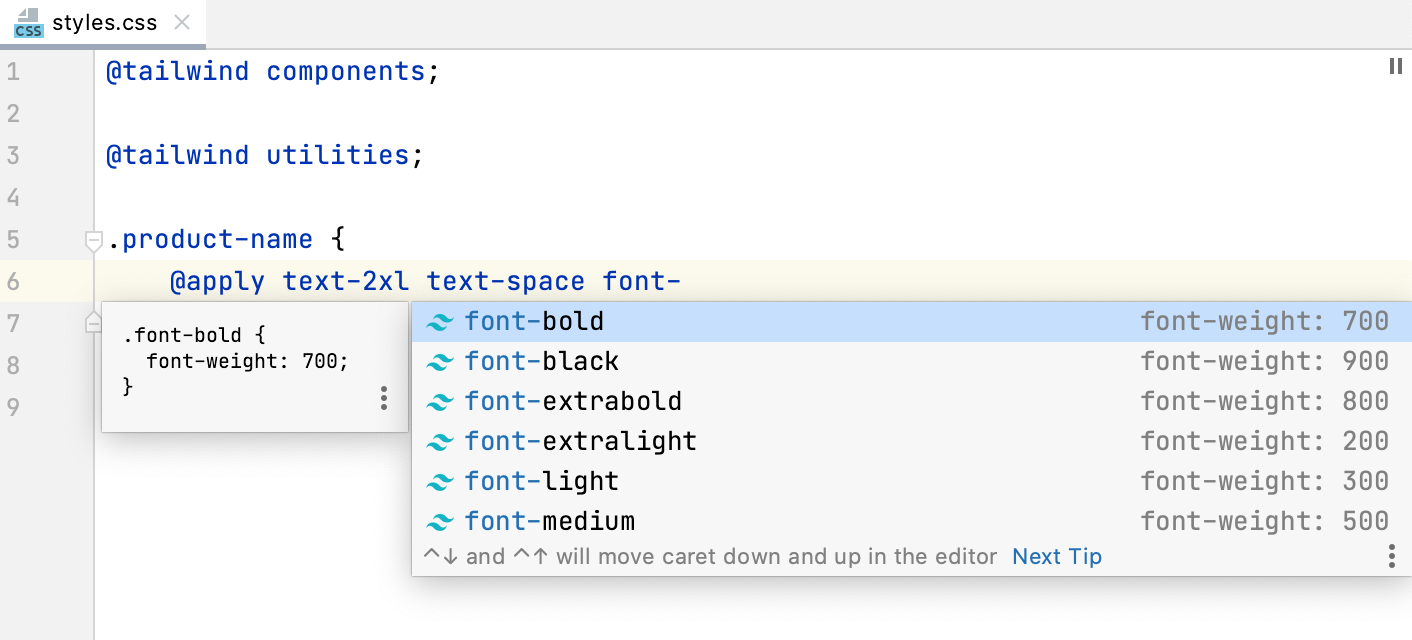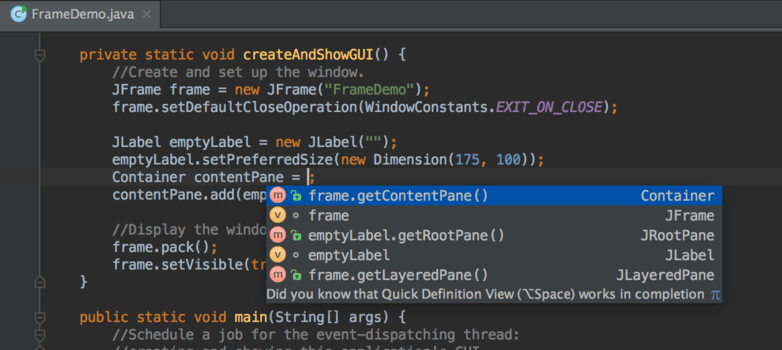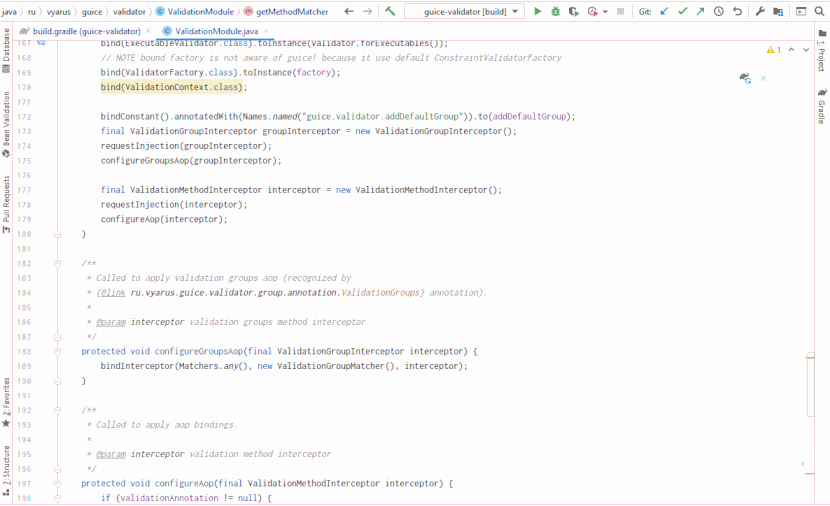


It is able to scan both your third-party dependencies for known security issues, as well as your custom code.įor your open source dependencies, it will provide remediation advice to a package that does not include the vulnerability. The Snyk Vulnerabilty Scanner plugin helps you develop your Java applications more securely. The Maven Helper plugin by Vojtech Krassa provides some easy tools to navigate your dependencies in, for instance, a tree view and find dependency conflicts. In the Java Ecosystem, Maven is still the most used build system that also provides dependency management. However, in this post, I will focus on great additional plugins, from mainly third parties, that bring something extra to your daily routines. This is one of the reasons these plugins nearly always work seamlessly with IntelliJ IDEA. The JetBrains folks also provide a ton of plugins for specific languages and frameworks. The current versions of IntelliJ IDEA already provide many plugins bundled with IDE, including Maven, Gradle, Lombok, Docker, and many more. This post will suggest eight production-grade plugins that are freely available on the marketplace and improve your coding experience. Therefore you might want to enrich your IDE with extensions or plugins that suit your needs and increase usability. However, the report also indicates that more than half of the developers use multiple IDEs on their local system. The recently released JVM Ecosystem report 2021 shows that IntelliJ IDEA is by far the most used IDE in the Java ecosystem. Therefore many developers primarily work from their favorite IDE instead of opening multiple single-purpose tools. It is a tool that integrates all sorts of features you need as a developer in a single program. For example, if you define a custom theme with new colors, newly generated classes with the name of the custom color will be shown in the completion popup.For many developers, a good IDE is like a Swiss Army knife. IntelliJ IDEA provides code completion based on the customization you make through your configuration files. The preview is also shown in the Documentation popup ( Ctrl+Q) when you complete your code.

When you hover over a Tailwind class in an HTML or CSS file, IntelliJ IDEA shows you the preview of the resulting CSS. IntelliJ IDEA suggests Tailwind classes for completion in JavaScript string literals.Ĭompletion suggestions are also shown for pseudo-class variants. IntelliJ IDEA autocompletes Tailwind classes in HTML files and in CSS files after the directive. Learn more from the Tailwind CSS official website. In the embedded Terminal ( Alt+F12), type: To configure your Tailwind CSS installation, generate a configuration file in the root of your project.
Intelijidea html code complete plugin install#
Npm install tailwindcss postcss autoprefixer Open the embedded Terminal ( Alt+F12) and type: Install and enable the Tailwind CSS plugin on the Settings/Preferences | Plugins page, tab Marketplace, as described in Installing plugins from JetBrains repository. Make sure the CSS bundled plugin is enabled in the Installed tab of the Settings/Preferences | Plugins page as described in Managing plugins.
Intelijidea html code complete plugin upgrade#
Learn more from the Tailwind CSS Upgrade guide. For example, Tailwind CSS v2.0 requires Node.js 12.13 or later. Also make sure that your Node.js version complies with the Tailwind CSS requirements. Make sure you have Node.js on your computer. IntelliJ IDEA recognizes files and provides completion based on customization you make to them. IntelliJ IDEA integrates with the Tailwind CSS framework including completion for Tailwind classes in HTML files and completion suggestions for pseudo-class variants, preview of the resulting CSS on hovering over classes in HTML and CSS files or on autocompletion.


 0 kommentar(er)
0 kommentar(er)
